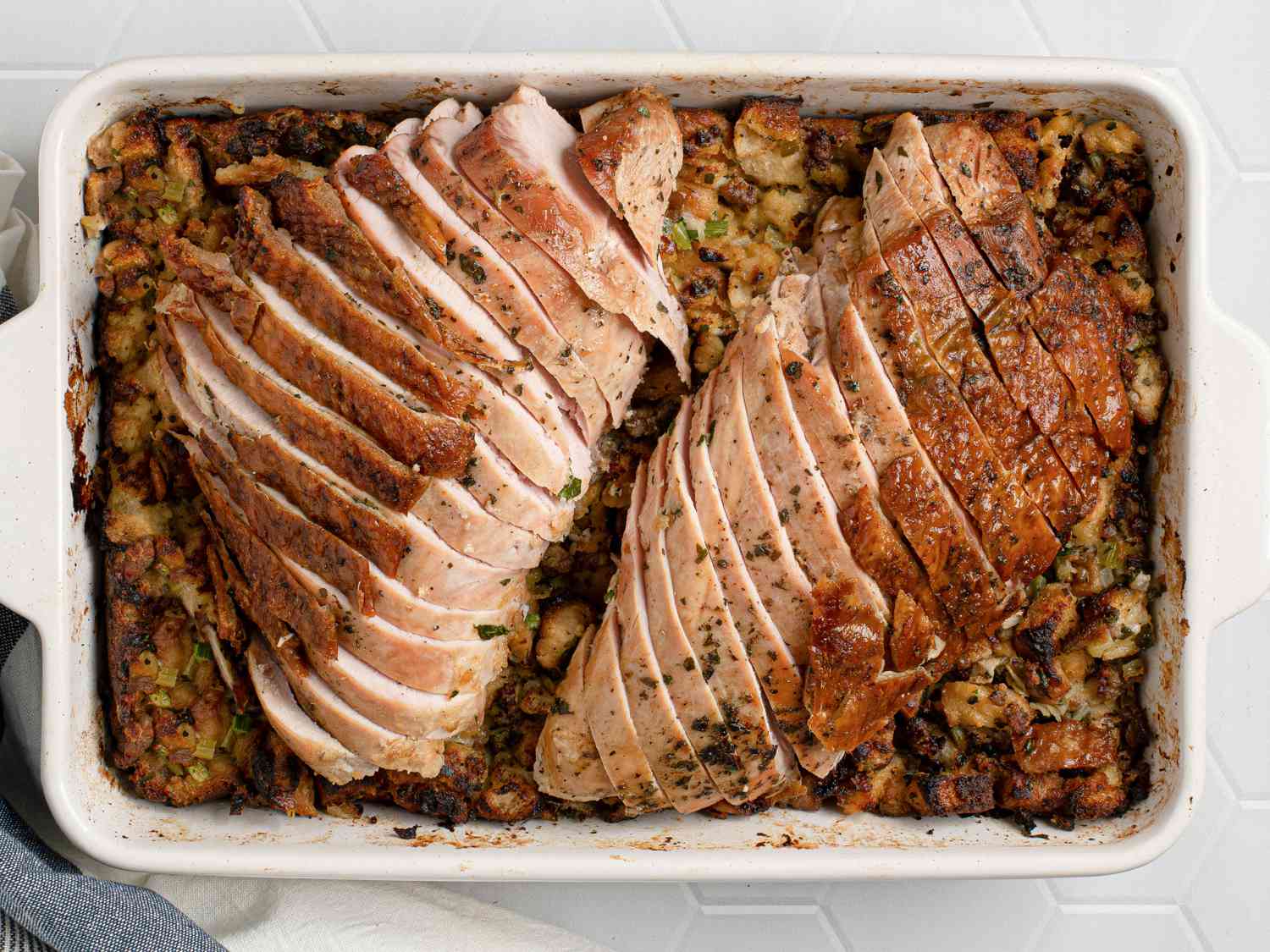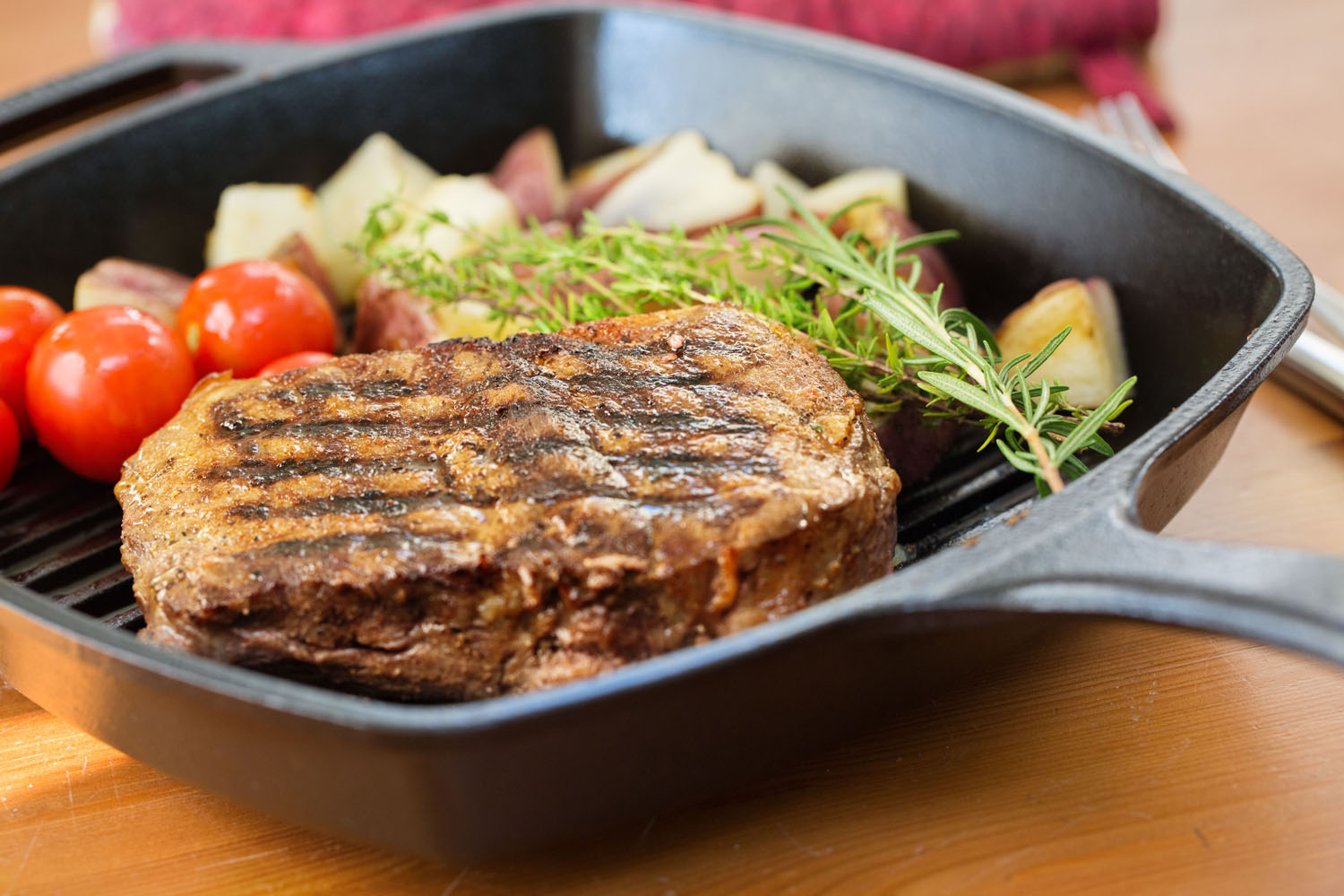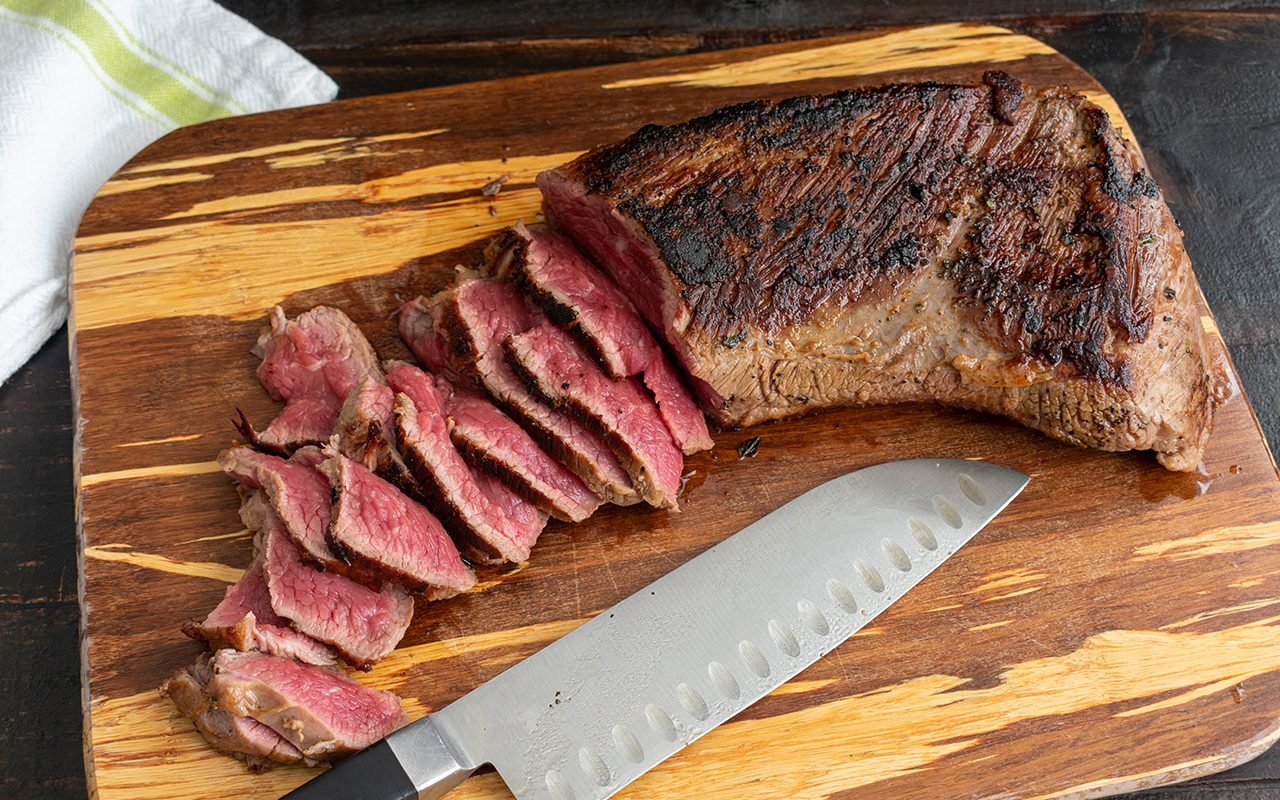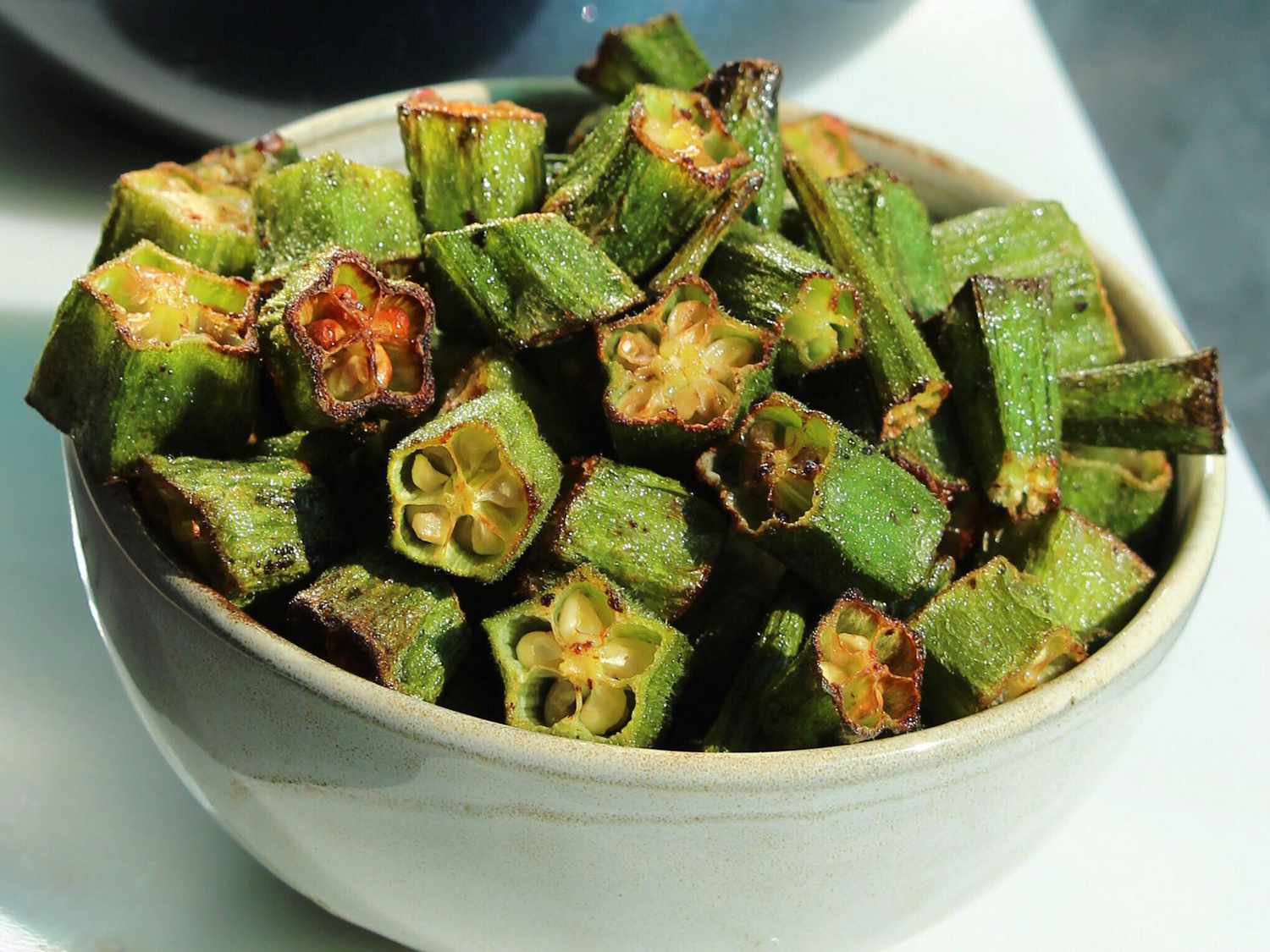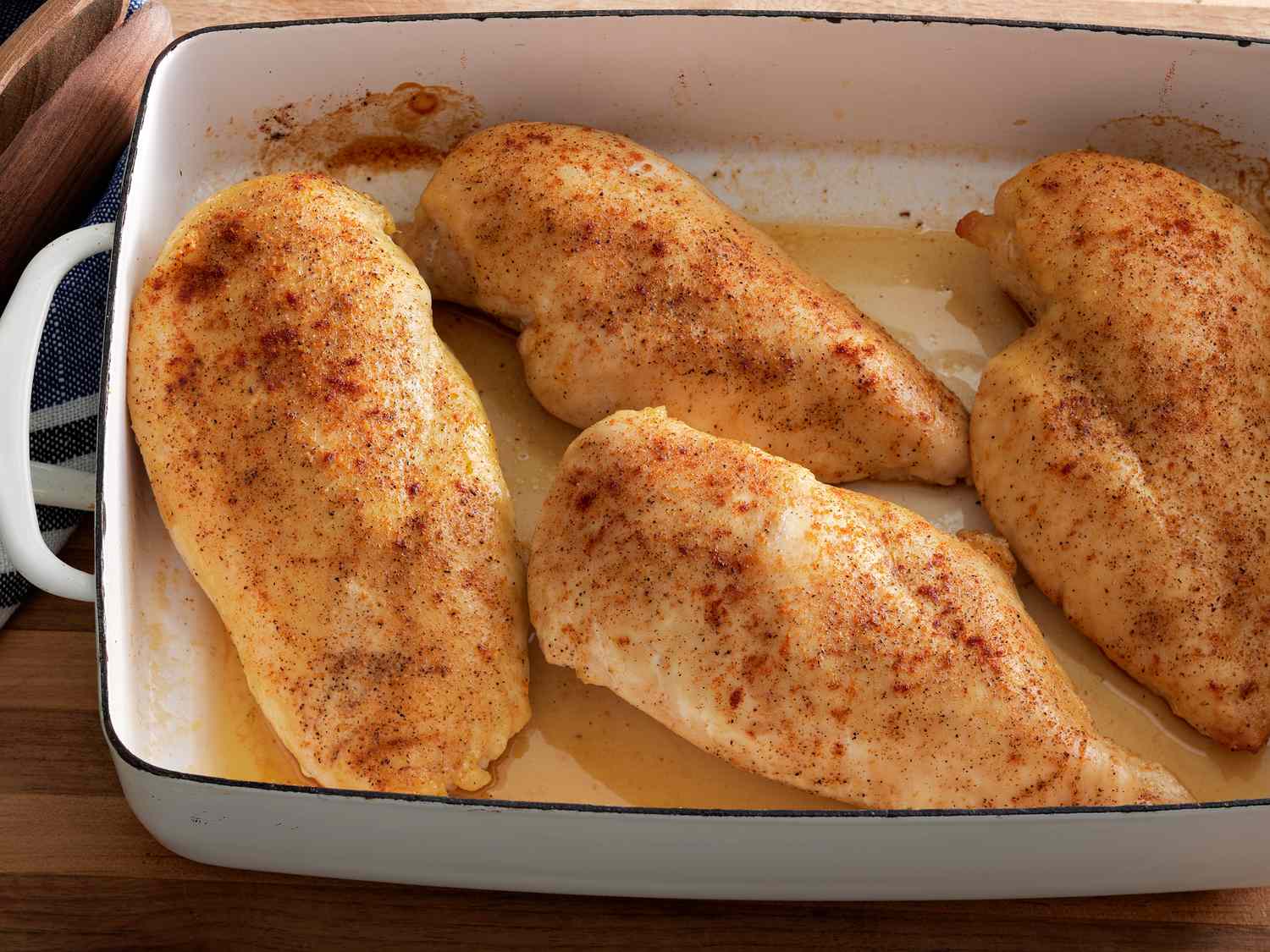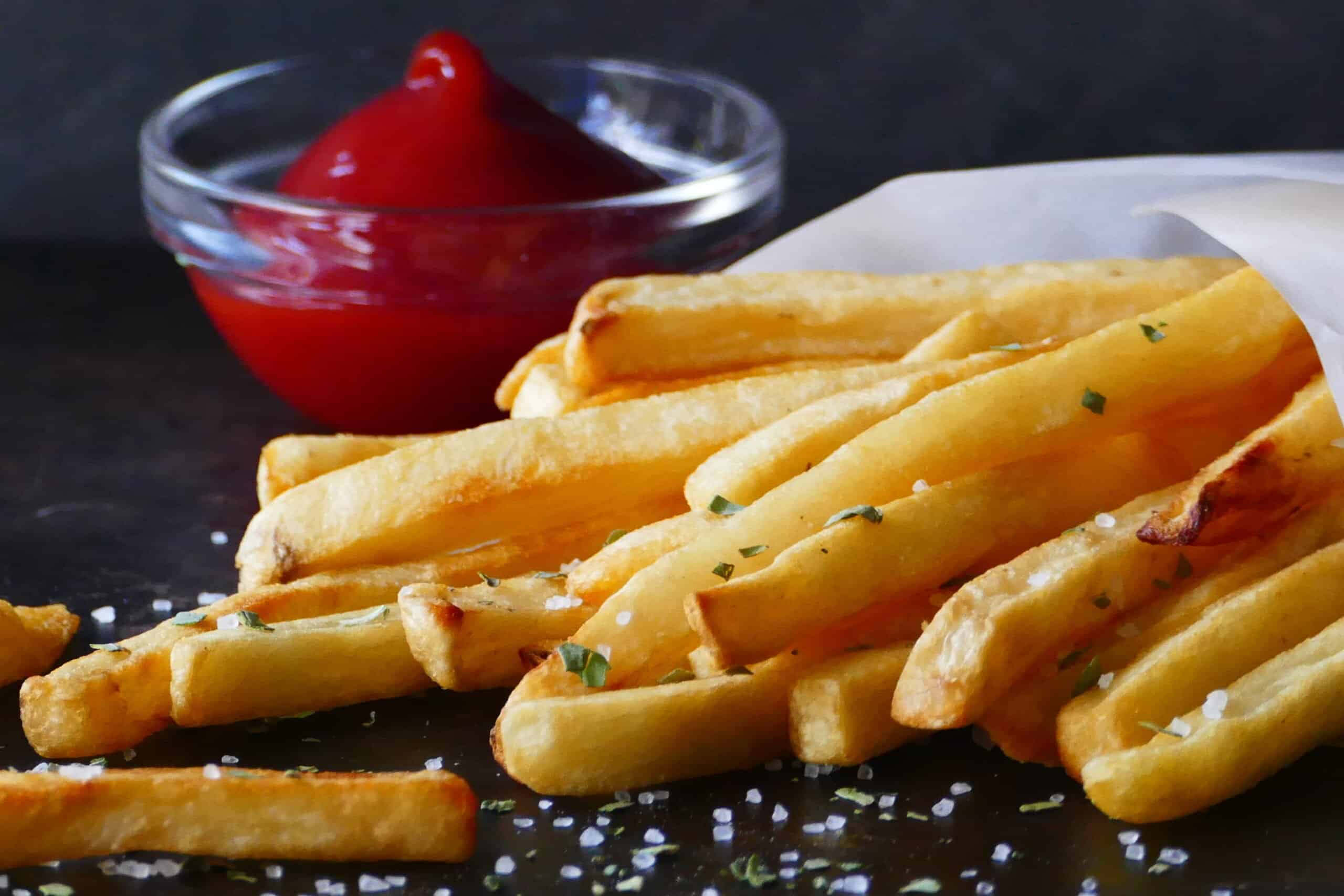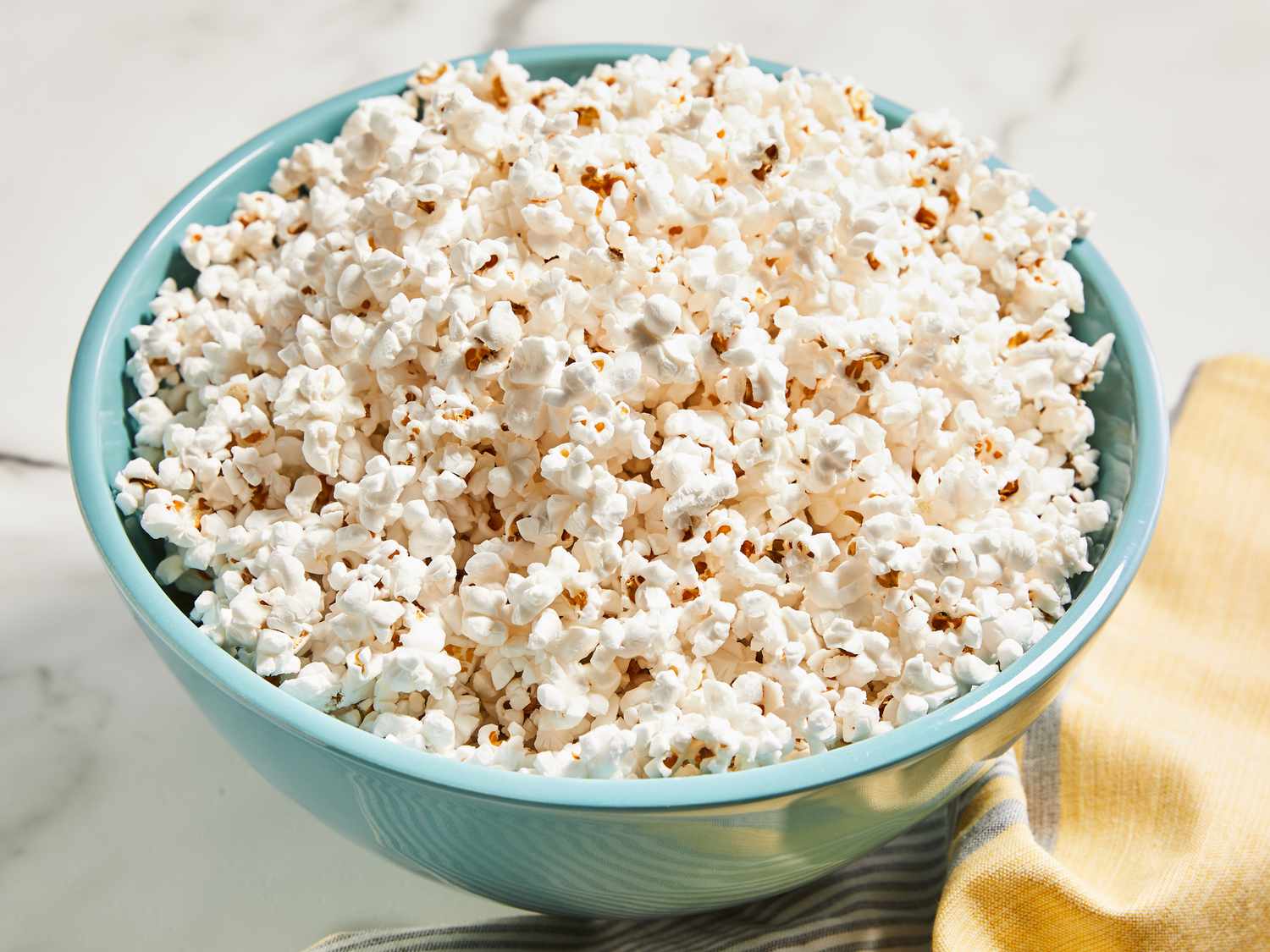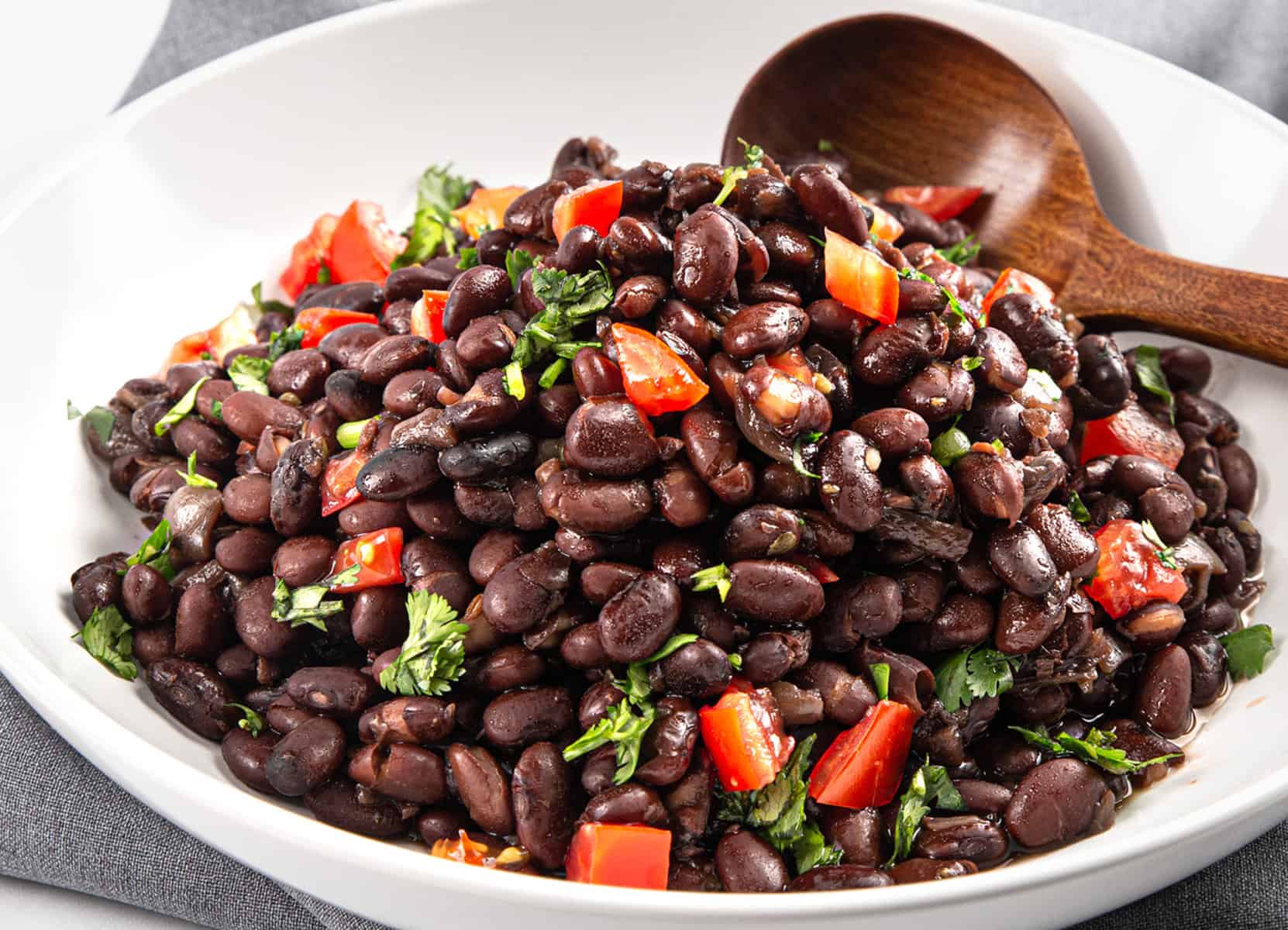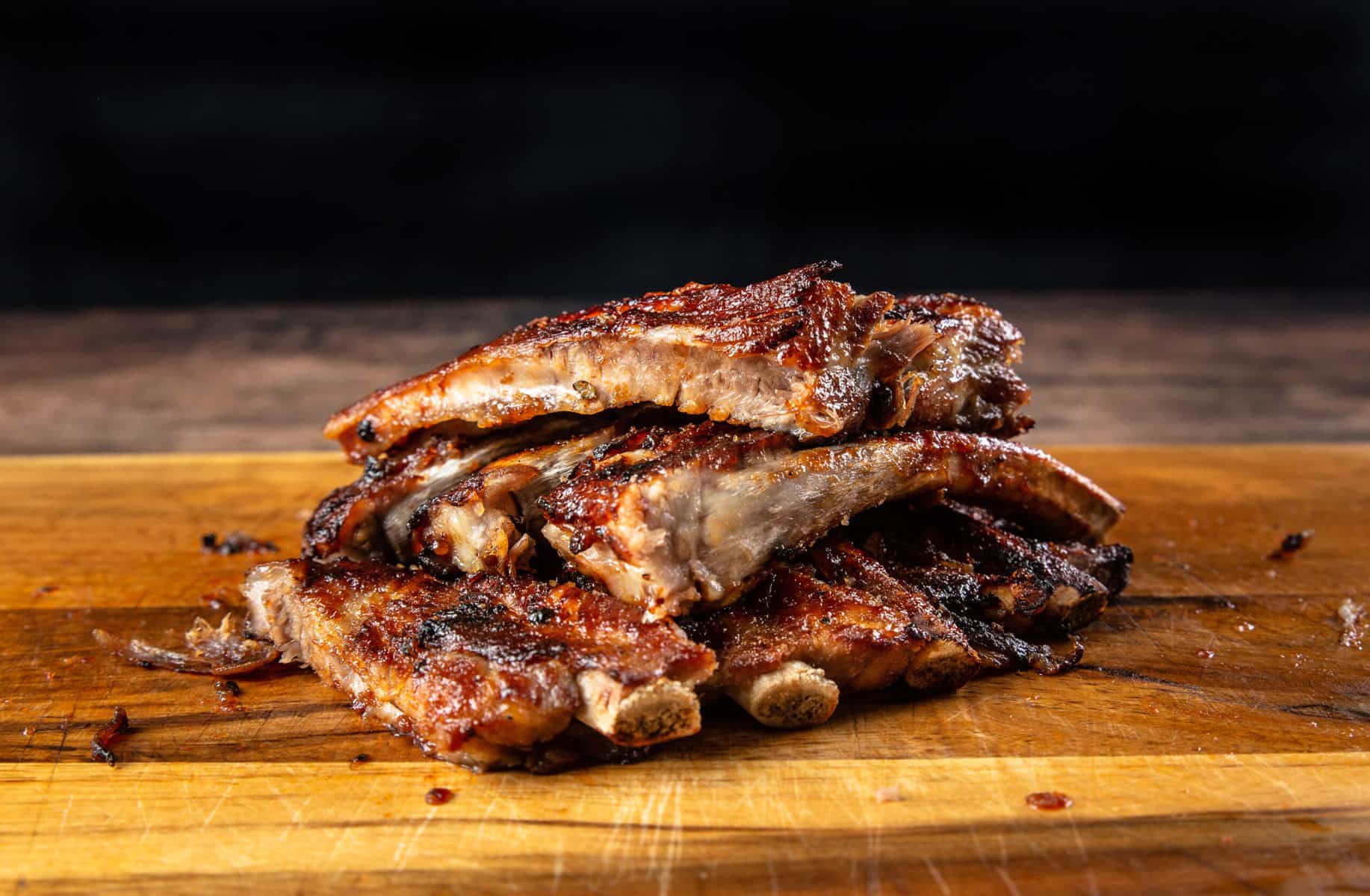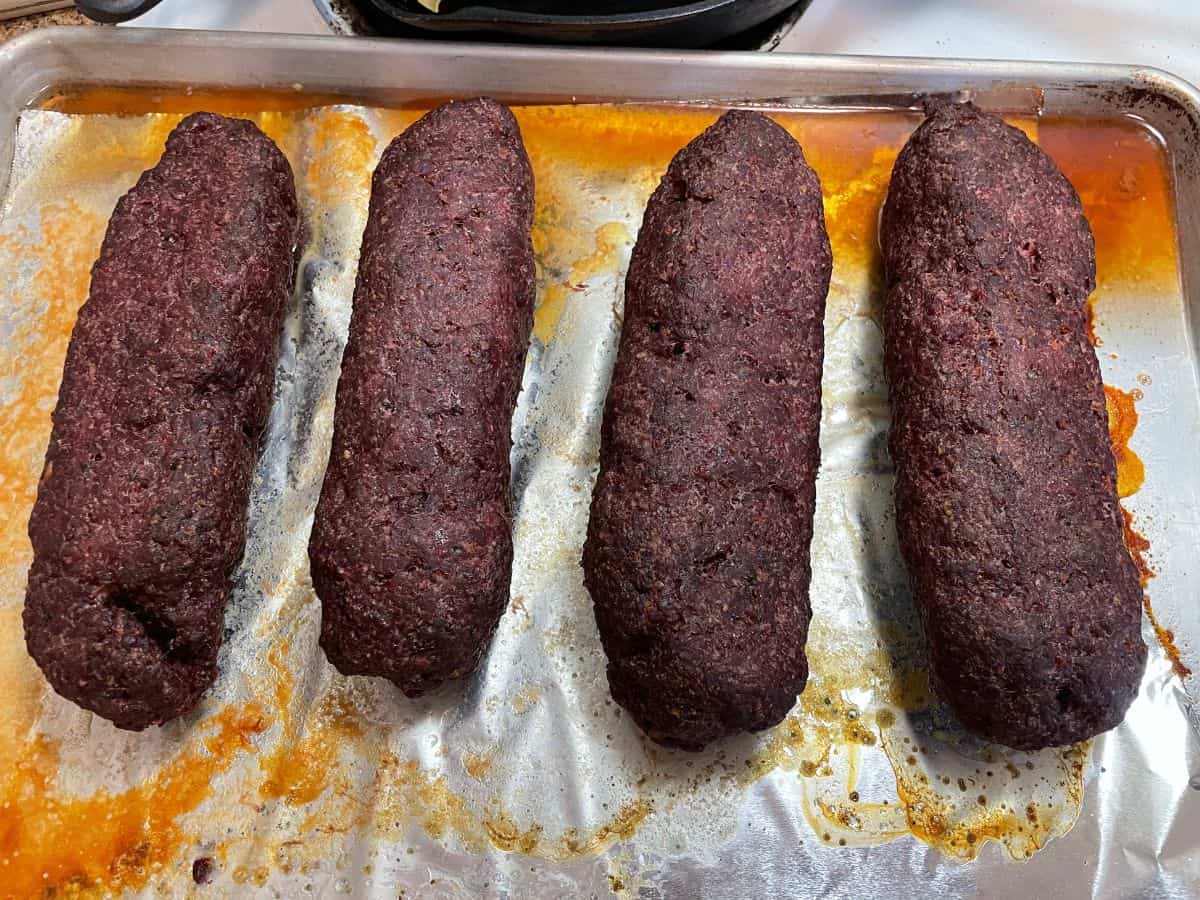Unlocking the Secrets of Cooking a Perfect Whole Tenderloin
Gather around, food enthusiasts! Today, we are going to dive into the delightful realm of cooking a whole tenderloin. This cut of meat, also known as beef fillet, is prized for its incredible tenderness and buttery texture. Whether you want to impress your guests with a gourmet dinner or simply elevate your culinary skills, learning how to cook a whole tenderloin is an adventure worth embarking on.
Before we begin, let’s gather a few key ingredients:
- 1 whole tenderloin (approximately 4-5 pounds)
- Salt and freshly ground black pepper
- Olive oil
- Herbs and spices of your choice (rosemary, thyme, garlic, etc.)
- Meat thermometer
Step 1: Preparing the Whole Tenderloin
Preparation is the key to success, especially when dealing with such a special cut of meat. Here’s how to get started:
- Begin by trimming the silver skin from the tenderloin. This thin, silvery membrane can be tough and chewy if left intact.
- Next, tie the tenderloin with butcher’s twine at regular intervals. This will help it maintain its shape during cooking.
- Allow the tenderloin to come to room temperature before seasoning. This ensures even cooking and enhances the meat’s natural flavors.
Step 2: Seasoning the Deliciousness
Now that your tenderloin is ready, it’s time to awaken its taste potential. Here’s how to infuse it with delightful flavors:
- Generously season the whole tenderloin with salt and freshly ground black pepper. The seasoning will create a flavorful crust and enhance the natural richness of the meat.
- Feel free to get creative with herbs and spices! Rub a mixture of your favorite seasonings, such as rosemary, thyme, garlic, or any other herbs that tickle your taste buds.
- For an extra burst of flavor, drizzle some olive oil over the seasoned tenderloin. This will help seal in the juices and add a touch of richness.
Step 3: The Cooking Process
Now comes the exciting part – cooking the whole tenderloin to perfection. Here’s how to achieve the desired result:
- Preheat your oven to 425°F (220°C). A hot oven ensures a nicely seared exterior and a juicy, tender interior.
- Place the seasoned tenderloin on a roasting rack in a shallow pan. This allows air to circulate around the meat, promoting even cooking.
- Roast the tenderloin for approximately 15-20 minutes per pound. Keep a close eye on the internal temperature using a meat thermometer.
- For a perfect medium-rare, cook until the thermometer reads 135°F (57°C) when inserted into the thickest part of the tenderloin.
- Once cooked to your desired doneness, remove the whole tenderloin from the oven and let it rest for at least 10 minutes. This allows the juices to redistribute, resulting in a tender and succulent masterpiece.
And there you have it – a magnificent whole tenderloin cooked to perfection. Now it’s time to slice and serve. Pair it with your favorite sides, such as roasted vegetables or creamy mashed potatoes, and prepare to savor every delightful bite.
Remember, cooking a whole tenderloin is an art that requires practice, patience, and a love for culinary exploration. So, roll up your sleeves, sharpen your knives, and let your inner chef shine as you embark on this mouthwatering journey!
